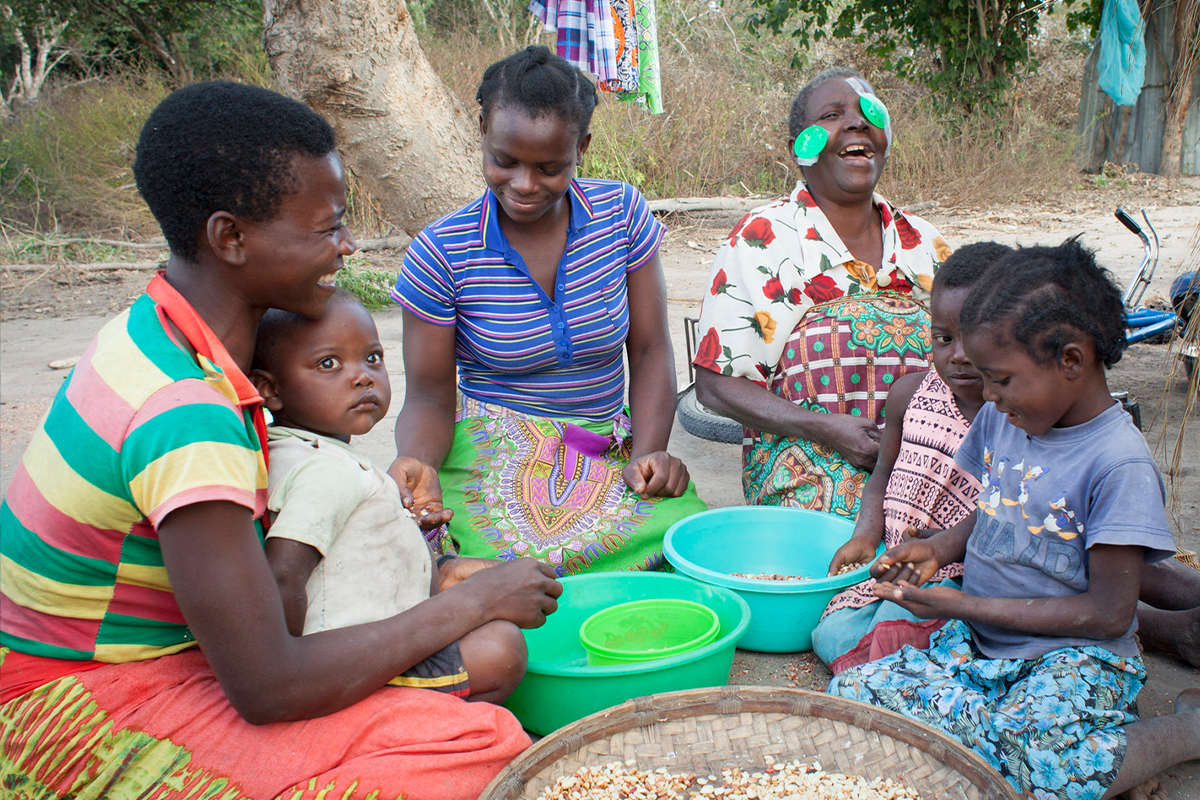Join a powerful, unprecedented alliance for better eye health for all.
Join IAPBImproved eye care can increase household income which is directly linked to reducing hunger. Research has shown that following cataract surgery, 46% of households moved up an income bracket, allowing families to afford food for themselves and helping to reduce vitamin A deficiency, the leading cause of childhood blindness.

Image by Ulrich Eigner